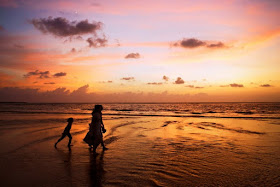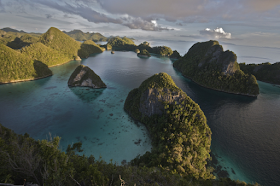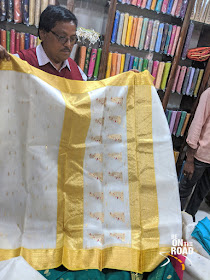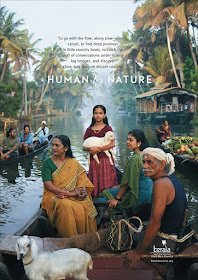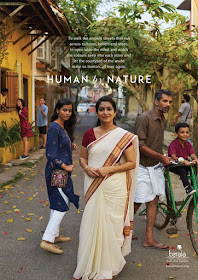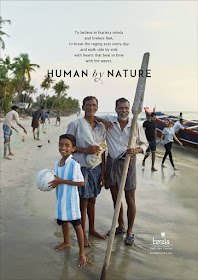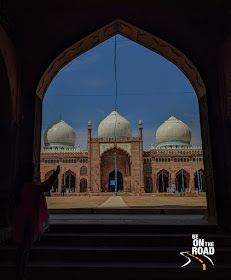
It is one of the top heritage destinations of Madhya Pradesh. It is believed to be the largest mosque in India and one of the largest mosques in whole of Asia. It is one of those few mosques in India to have been funded by women. I am talking about Taj-ul-Masajid (Crown of the Mosques), located in the heart of old Bhopal, Madhya Pradesh.
Spanning over 250,000 sq. feet with a huge lake nearby and with stunning views of Bhopal old town, Taj-ul-Masajid mosque can seat close to 200,000 people. Built using Indo-Islam and Mughal architecture, construction for Taj-ul-Masajid began during the reign of Mughal Emperor Bahadur Shah Zafar (1844-1860) under the able guidance of Nawab Shah Jahan Begum of Bhopal and her daughter Sultan Jahan Begum. The mosque could not be completed during their lifetime due to lack of funds, but was completed between 1971 and 1985 by Allama Mohammad Imran Khan Nadwi Azhari and Maulana Syed Hashmat Ali Sahab of Bhopal.

Resembling Jama Masjid of Delhi and the Badshahi Mosque of Lahore, Taj-ul-Masajid is made up of a beautiful mix of Hindu, Mughal and Syrian design elements. It’s three marble domes, two marble minarets, the gorgeous pink facade, the marble flooring, the recessed archways, the ancient motifs from Syrian mosques and its ornate petaled designs are nothing short of extraordinary.
A climb to the first floor view points are much recommended for a view of the old palaces beyond the lake and some fabulous perspectives of the mosque itself.
The mosque may look simple at first glance, but it packs in a lot of stories. It is best to go there with a knowledgeable guide to help you understand the history of Bhopal, its women rulers and the importance of this mosque in all of this. A high recommended place to visit in Bhopal, especially on a culture and heritage trip to Madhya Pradesh.

How to reach there:
The nearest airport would be Bhopal international airport, just a short drive away from the center of the city.
The nearest railway station would be Bhopal railway station, just 4 kilometers from the Taj-ul-Masajid mosque.
Bhopal is well connected by road with the rest of the country and especially with Indore, the bustling commercial city of Madhya Pradesh.

Mosque Timings and Rules:
Taj-ul-Masajid is open from 6 AM to 8 PM on all days of the week. However, on Fridays and on important prayer days, only Muslims are allowed to enter the mosque.
There is no entry fee for entering the mosque.
It is best to dress conservatively while entering the mosque, which is to cover your head, shoulder and legs.
Where to stay:
There are a lot of budget hotels near the mosque and the railway station that offer great proximity and that allow you to soak in the vibrancy of the city center. However, if you wish for slightly up-market accommodation and for scenic lakes, you will have to go closer to the Upper lake.
My personal favorite for up-market luxury accommodation is Jehan Numa Palace, an erstwhile palace of the Begums of Bhopal that has been converted into a boutique hotel. The same group also has a luxury property located amidst nature called Jehan Numa retreat. Both these properties make for fantastic stay options.

Where to eat:
Old Bhopal is the place to be if you wish to indulge in some local street food and to taste authentic Bhopali cuisine. Itawar chowk are Chatori Gali are two places to visit for all food lovers.
For something exquisite, choose either some of the fancier restaurants in Bhopal or the hotel where you are staying.

Other attractions in Bhopal:
1) Jehan Numa Palace: A boutique luxury hotel that was once the palace of the begums of Bhopal
2) Upper Lake: A Ramsar site and one of the largest man made lakes of India
3) Van Vihar National Park: A modern zoological park near the Upper lake
4) Bharat Bhavan: A multi-arts complex and museum
5) Madhya Pradesh Tribal Museum: A heritage museum showcasing the tribal cultures of Madhya Pradesh
6) State Museum: Home to cultural and historical artefacts from the state

Other nearby attractions in Madhya Pradesh:
1) Sanchi Stupa: A UNESCO World Heritage site and the pioneer of torana architecture
2) Bhojeshwar Temple: A 11th century temple home to the largest Shiva Lingam in the world
3) Bhimbetka Rock Shelters: A UNESCO World heritage site and one of the places that teach us the evolution in man’s cognitive capacity from 100,000 years back
4) Udayagiri Caves: A 4th to 5th century cave temple gem that is home to some of the oldest surviving Hindu temples and iconography in India
5) Chanderi: An ancient kingdom that gave us the traditional Chanderi saree
6) Orchha: A medieval Bundelkhand kingdom where nature, culture and heritage all live in a pristine environment
7) Khajuraho: A UNESCO World Heritage site and a 10th century temple gem







